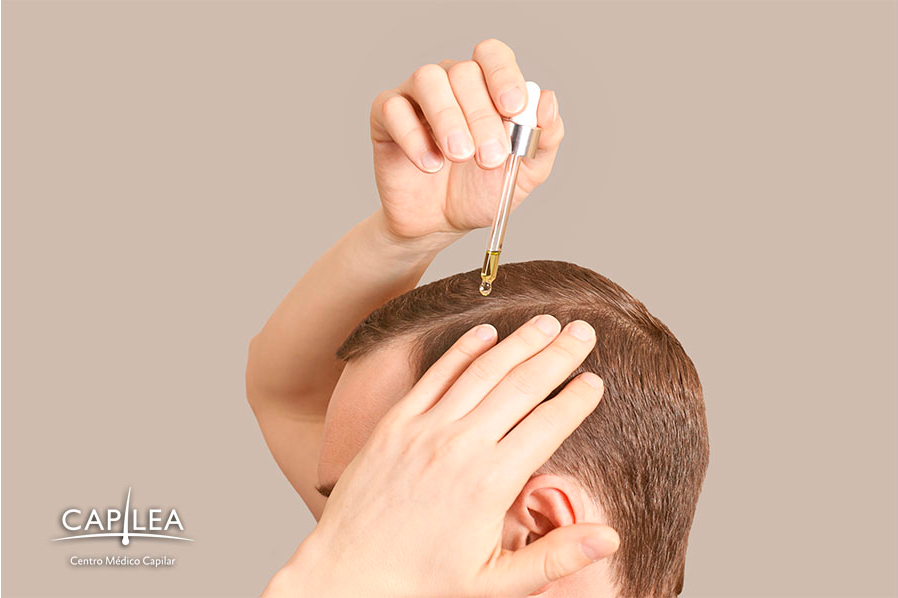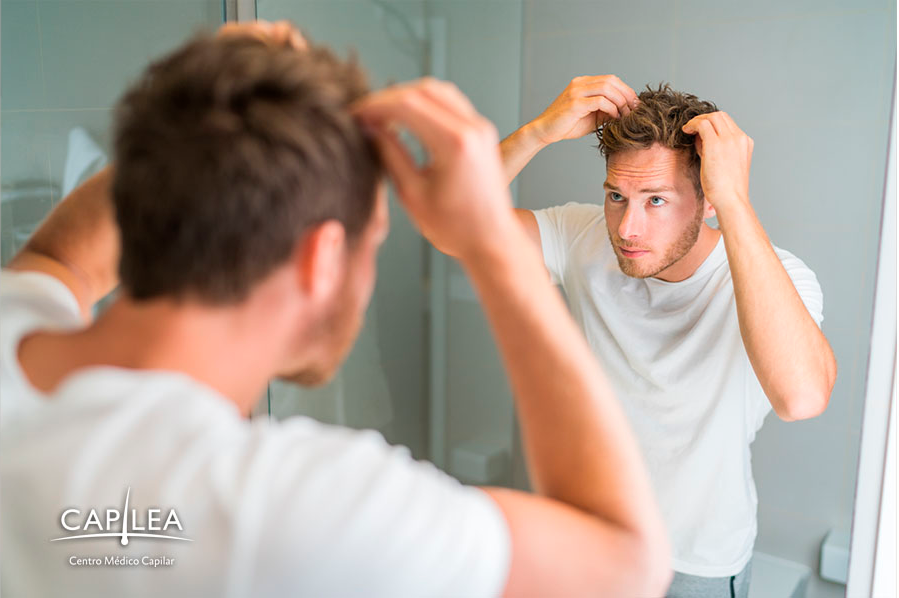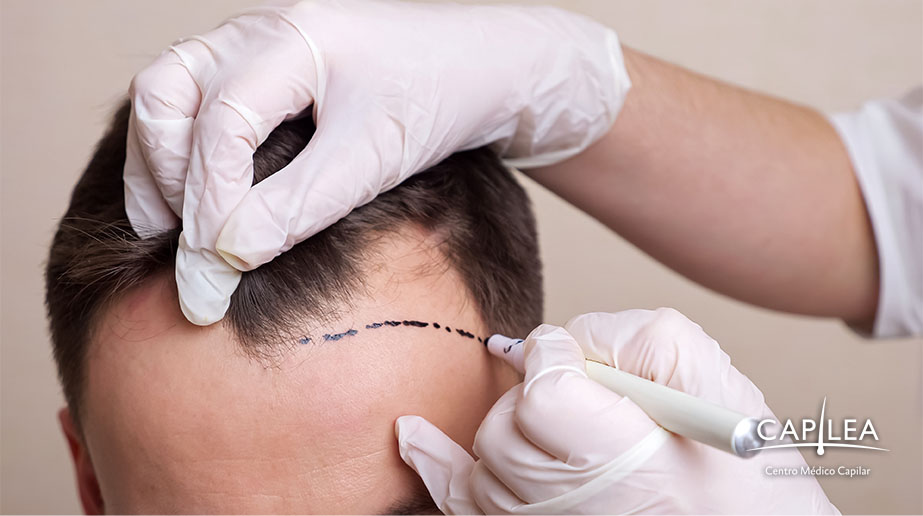Do you want to get your hair back? Hair transplant surgery is the way to go! But it takes time and patience. We know hair loss can be an incredibly stressful experience, and not everyone wants to resort to a surgical hair transplant. But, for those who do, an ultimately common question that arises is: it is safe to continue using Minoxidil after a hair transplant procedure? In this blog post, we’ll be covering everything you need to know about using Minoxidil after hair transplant surgery.

What is Minoxidil?
Minoxidil is a medication that was originally developed as a treatment for high blood pressure. However, it was found to have an unexpected side effect—that it could stimulate hair growth. Over time, the medication has been repurposed as a hair loss treatment and is now available over the counter in the form of a topical solution or foam.
How does Minoxidil work?
Minoxidil works by widening the blood vessels in the scalp. This increase in blood flow means that existing hair follicles are able to receive the nutrients and oxygen they need to grow and thrive. It also has a direct effect on hair follicles, extending their growth phase and causing them to produce thicker, stronger hair.

Benefits of using Minoxidil
Minoxidil is a medication used to prevent future hair loss, specifically androgenetic alopecia (male or female pattern baldness). Here are some potential benefits of using Minoxidil:
Regrowth of hair
Minoxidil is known to stimulate hair growth in areas where hair loss has occurred, resulting in thicker, fuller hair.
Slow or stop hair loss
It can slow down or even stop hair loss when used consistently, which can help prevent further balding and promote hair maintenance.
Increased confidence and self-esteem
The regrowth of hair can improve a person’s self-confidence and self-esteem, especially if they have been struggling with hair loss for a long time.
Ease of use
Minoxidil is available in various forms such as liquid, foam or topical solution, and can be easily applied to the scalp on a daily basis without much hassle.
Proven track record
Minoxidil is a well-known hair loss treatment with a proven track record of effectiveness, making it a reliable option for those seeking to treat hair loss.
It’s important to note that Minoxidil works best when used consistently and as directed by a healthcare provider, and results may vary from person to person. Side effects such as itching, dryness, and irritation may also occur, but they are generally mild and temporary.

Minoxidil after a hair transplant
Did you know that hair transplant surgeons have some tricks up their sleeves to speed up the recovery process and make your hair grow faster post-surgery? One of these tricks is recommending Minoxidil (3% and 5%) as part of the post-surgery protocol. As the medication improves blood flow and hair growth, it can help speed up the healing process and promote successful transplant growth.
Some surgeons swear by it for faster hair growth, and there are even studies to back it up. But don’t worry if you’re not keen on it – it’s not mandatory. That being said, more research is needed so we can fully prove the power of Minoxidil after hair transplants.
When to start using Minoxidil?
You should wait at least two weeks after your hair transplant surgery before using Minoxidil. This is to allow the transplant site time to heal properly before beginning treatment. After this period, you should consult with your surgeon, and you can start using Minoxidil as directed by him.

What to expect?
It’s important to understand that using Minoxidil after hair transplant surgery won’t necessarily produce results overnight. Hair regrowth is a long-term treatment that requires patience and consistency. However, it can be highly effective, and many people have seen significant improvements in hair growth after using Minoxidil.
In conclusion, using Minoxidil in transplanted hair is not only safe, but is highly recommended. The medication improves blood flow and hair growth, which can help speed up the healing process and promote successful transplant growth.
If you’re looking for an effective solution to restore your hair loss, consider getting a hair transplantation! It is very successful in treating both male and female pattern baldness, and you can use Minoxidil after that. Restore your hair and improve your image with Capilea. We are experts in hair transplant surgery. Make an appointment with our team!
FAQ
When should I start applying minoxidil post-surgery?
Typically, you can start using minoxidil around 2-3 weeks after your surgery, but its crucial to follow your surgeons specific advice.
Can minoxidil cause any side effects on newly transplanted hair?
While generally safe, some patients may experience scalp irritation or increased shedding initially. Always consult your surgeon if any severe reactions occur.
How long should I continue using minoxidil after my hair transplant?
Many surgeons suggest continuing the use of minoxidil for at least 6 months post-surgery to maximize benefits and support new growth. Consult your surgeon for how long you require it.
Will stopping minoxidil affect the results of my hair transplant?
No, stopping minoxidil does not have a negative impact on your hair. Transplanted hairs are natural and permanent. Consult with your surgeon before making changes.

















